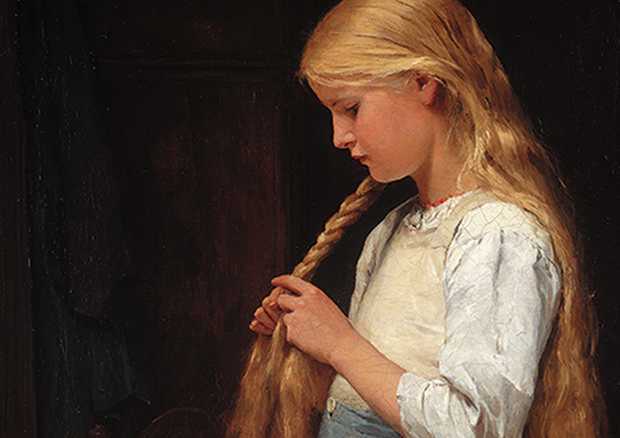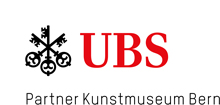Albert Anker «Beautiful World»
2010 marks the centenary and commemoration of Albert Anker's death (April 1, 1831 - July 16, 1910). It will begin with festivities in Ins, and the Swiss Post will issue a special stamp as well as Swissmint a gold coin. The Kunstmuseum Bern presents an imposing and large exhibition representative of the multi-facetted oeuvre of this artist who was pivotal to Swiss art.
The centenary exhibition in the Kunstmuseum Bern presents all the creative phases in the artist's development, the different subject matter he selected, and the genres he worked in: paintings, drawings, watercolors, and faiences. A trigger for this exhibition was the immensely popular show featuring Anker, which was organized by the Kunstmuseum Bern in 2007-2008 for four Japanese Museums.
The exhibition takes up several characteristic themes in Anker’s work:
Anker and his village
Ins, a village in Seeland, was his hometown. It underwent extensive development in the 19th century. He grew up and lived there for many years – even if he preferred to spend the winter months in Paris– and finally died there as well. All his life he actively participated in village life. He knew all the inhabitants, and its impact left impressions that we find reflected in his artwork. Only rarely did he depict working grown-ups. Very often he recorded unspectacular moments in the unencumbered communal life of the different generations in the village community.
The different worlds of children
Anker was well-acquainted with the education system and for many years worked as secretary for the Ins school commission. As a painter he witnessed the social changes of his times. His paintings reflect the developments of the school and education system in Switzerland. Anker was committed to the ideals impacting the Swiss education system, which was then taking shape, and in his work conveyed the new understanding – at the time – of raising children and of education. He regarded learning by play as equally important. In the 19th century, hardly another painter before or after him had focused so intensively on the motif of playing children.
Portraits
Anker’s portraiture reveals a pronounced desire for individualization. In addition to rendering middle-class portraits on commission, we find among Anker’s works a much greater number of portraits depicting people from all generations and in their many facets as he found them in his rural everyday life. Within European art of the 19th century, Anker's paintings of children are unique: He comprehended children as little personalities independent of the roles played by their social class as well as of the roles of age and sex.


